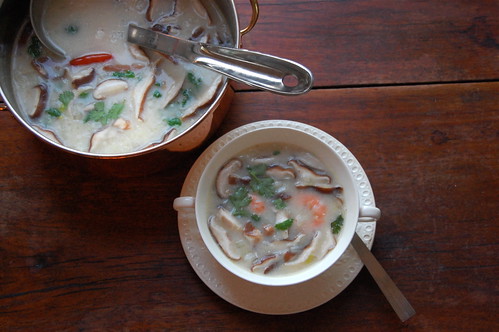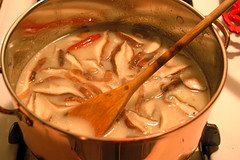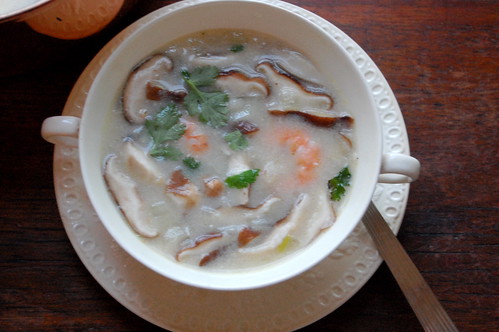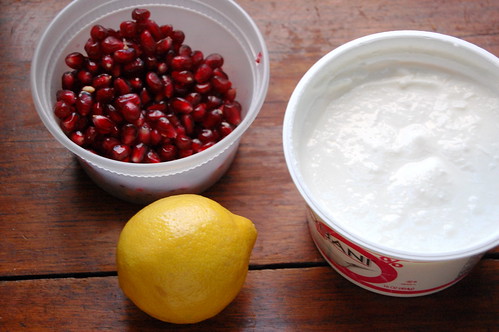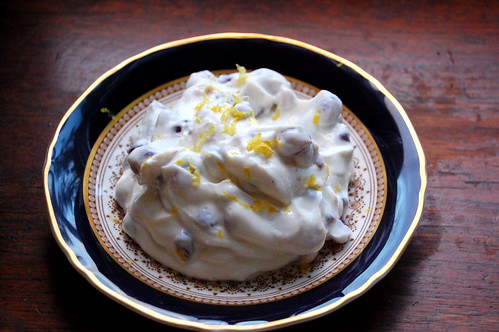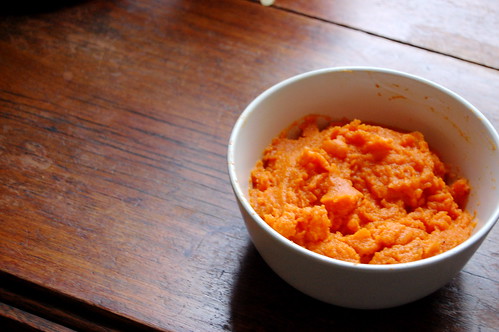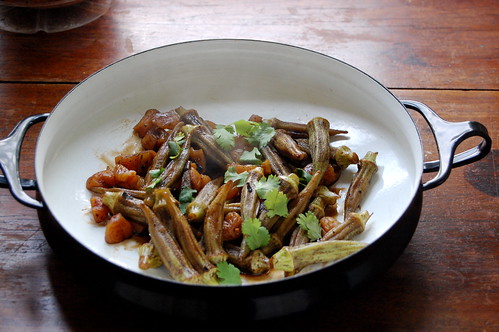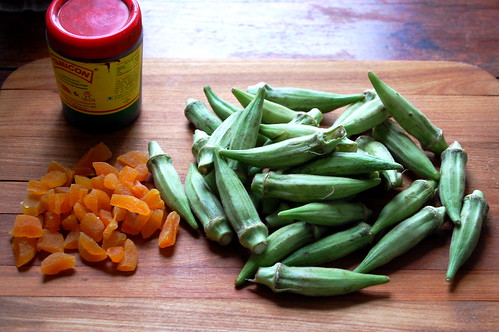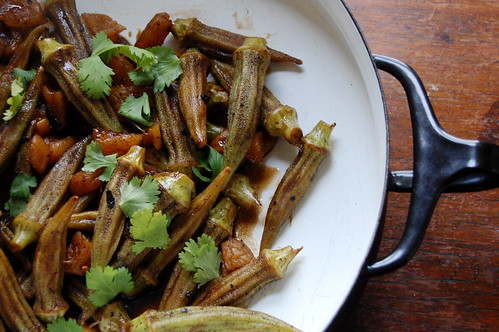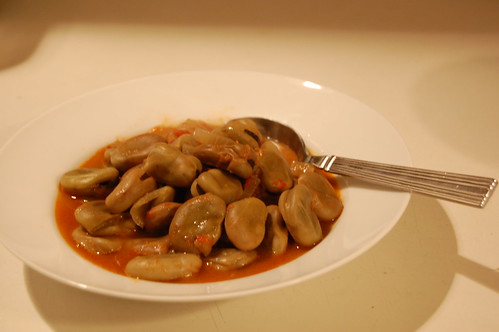
First of all, this is not a recipe for ful medammes. This is a recipe that uses ful, or dried fava beans. Ful medames is the national dish of Egypt, the breakfast beans that people line up around the block for, that workers eat in the morning for breakfast, and revelers eat at 3 am after a night of arglieh and arak. It is popular across the Middle East, but in Egypt it is a simple stew of small pinto-bean shaped aged dried fava beans that is practically a religion.
The most suprising thing about ful, for those cooks raised in the European tradition, is that those are in fact fava beans. No, they are not the delicate soft first-of-spring fava beans that you have to peel twice in a labor of love. No, these fava beans are aged and dried, with a thick tough outer skin and a soft tender interior. Some people actually pull the tough skins off the beans as they're eating, and along side construction sites in Damascus you might see a pile of skins on the ground where the workers ate their lunch.
 The ful you find in Syria are larger, like the ones pictured here, which I found in the grocery of my very average Safeway, in a foreign looking package. They are usually eaten in a simple stew with bits of tomato and garlic, scooped into pita breads with a squeeze of lemon and washed down with a glass of sugary hot tea. You can also find ful in yogurt, fu on top of hummus, and one of my favorites, ful in a tahini lemon sauce.
The ful you find in Syria are larger, like the ones pictured here, which I found in the grocery of my very average Safeway, in a foreign looking package. They are usually eaten in a simple stew with bits of tomato and garlic, scooped into pita breads with a squeeze of lemon and washed down with a glass of sugary hot tea. You can also find ful in yogurt, fu on top of hummus, and one of my favorites, ful in a tahini lemon sauce. If the idea of eating beans for breakfast seems weird to you, think of them more as brunch or lunch, and when served alongside a fried egg they are quite reminiscent of a Mexican pinto bean and tortilla breakfast. Personally, I think beans are under utilized as a satisfying healthy breakfast, so why not start here.
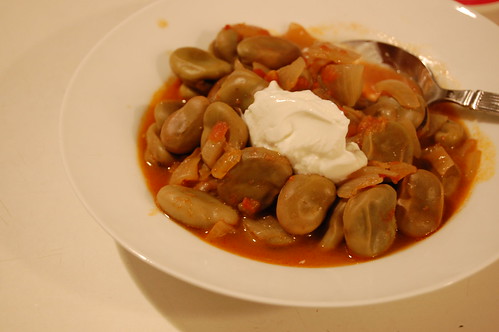 Ful
FulIf you can't find frozen ful (broad beans), you can probably find them dried or canned in your local Middle Eastern grocery. Cook dry beans according to the package directions and then proceed with the recipe.
2 cloves garlic, diced
1 small onion, finely diced
1 small tomato, finely diced
3 tablespoons olive oil
1 teaspoon salt
1/4 teaspoon cumin
1 lb frozen, canned, or cooked from dry broad beans (ful)
a squeeze of lemon
to serve: lemon wedges, pita bread, chopped parsley
1. Place all ingredients in a saucepan and bring to a simmer. Simmer for 15 minutes, until onions and beans are soft. Remove a heaping spoonful of the beans and smash them with a fork, then mix them back into the pot to thicken the dish, Simmer a few more minutes, then serve.

